
At a time when we are gently steering away from 'perfectionism', it is a good moment to tap into a Wabi-Sabi interior design style.
With roots in Japanese heritage, Wabi-Sabi design choices imbue a sense of calm, presence, and acceptance. Approached best as a philosophy, rather than your typical 'aesthetic', by nature Wabi-Sabi encourages a thoughtful lifestyle and gentler pace.
Ready to slow down? We called on interior designers to understand what Wabi-Sabi embodies and how to reflect its unique meaning into modern interior design styles.
What defines Wabi-Sabi as a design philosphy?
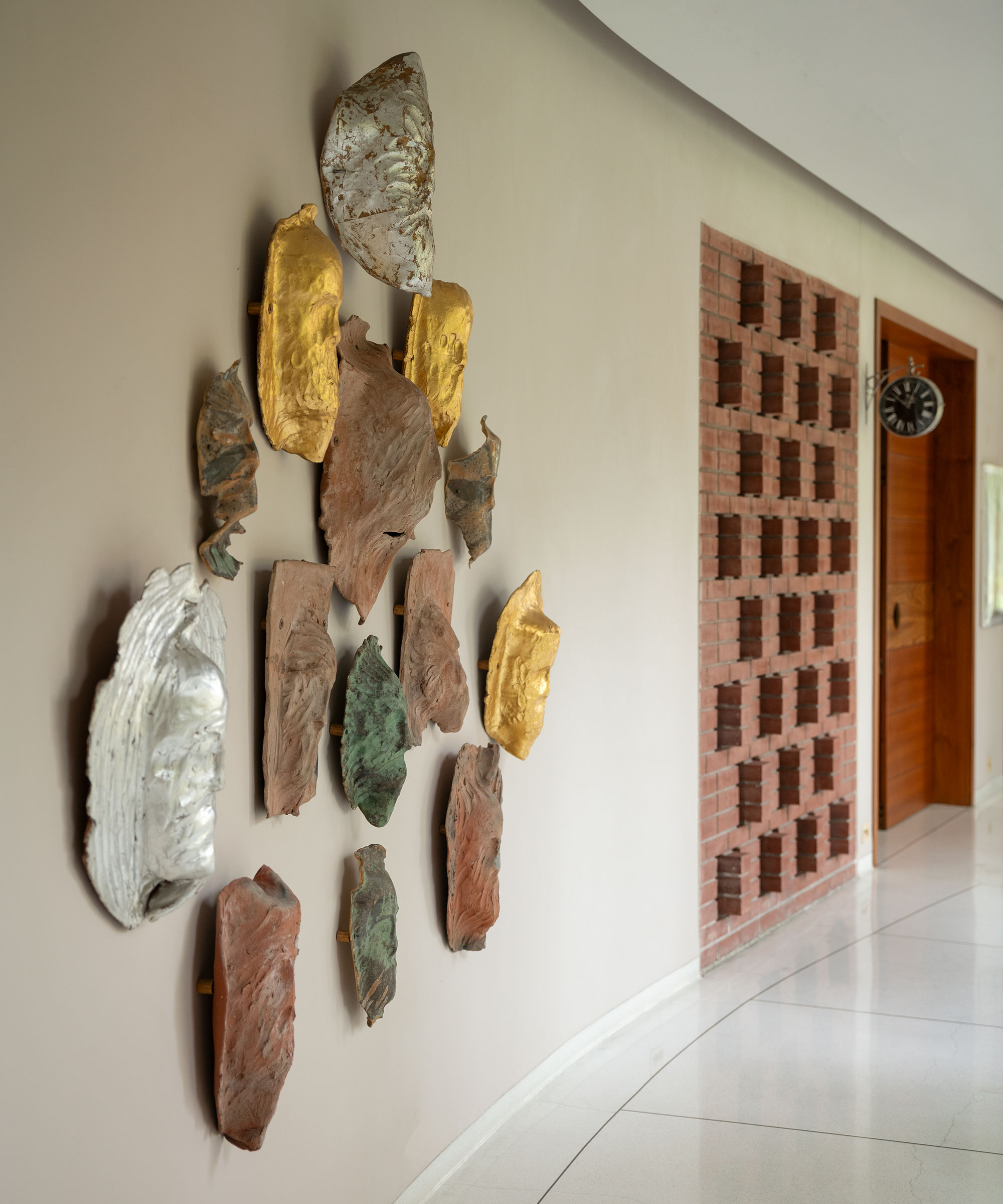
Part of Wabi-Sabi's charm might be its ambiguity. Although there are some distinct approaches to it – that are fundamentally more relaxed – the end style is open to interpretation.
Award-winning interior designer and architect Shalini Misra found inspiration in such Japanese style decor from the early years of her career. 'As a student of architecture, my thesis was inspired by Japanese design principles and they have informed my practice ever since,' shares Shalini. 'Impermanence and transience are markers of all life and in nature there is no true symmetry — no two grains of sand, no two leaves.'
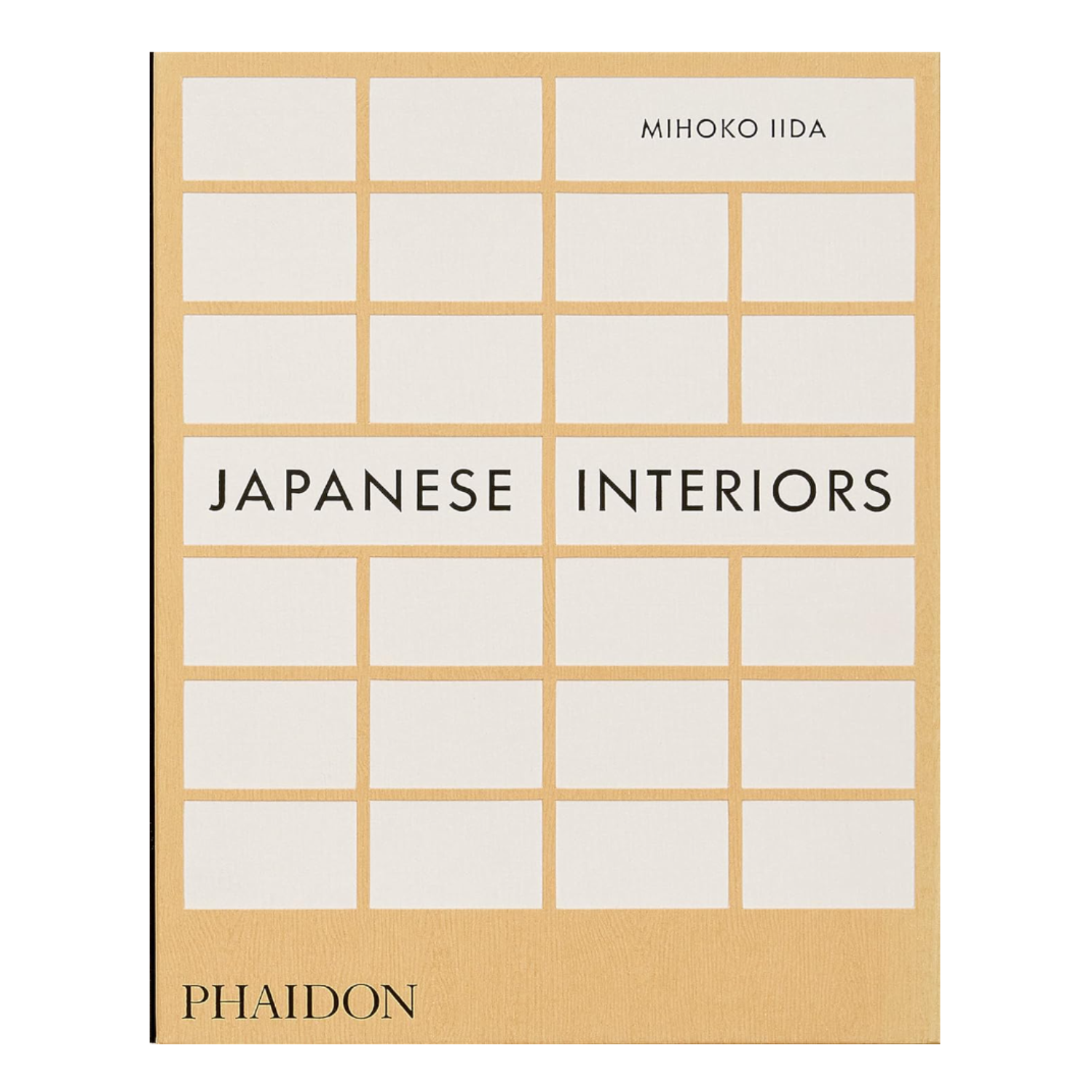
Price: $67.99
Format: Hardcover
For further inspiration in channeling Japanese design principles, this volume from Phaidon should be a go-to.
Wabi-Sabi is less about refining details, and more about engaging with simplicity the freedom of letting things be. 'In interior design this means that harmony and balance are achieved through imperfection, which connects the nature in all of us to the spaces we occupy. For me, a successfully designed space achieves that connection,' explains Shalini.
With diverse origins and roots in Buddhist teachings, Wabi-Sabi sets its own tone. 'If you look below the surface, similar philosophies appear in cultures that may not feel stylistically connected — Japanese and Greek creation stories are a good example of this,' adds Shalini. 'The ancient Greek philosopher Heraclitus said "no man ever steps in the same river twice, for it is not the same river and he is not the same man", which feels connected to Wabi-Sabi and to my own belief that design is a journey in a constant state of transition and change.'
Weaving Wabi Sabi elements into your own home
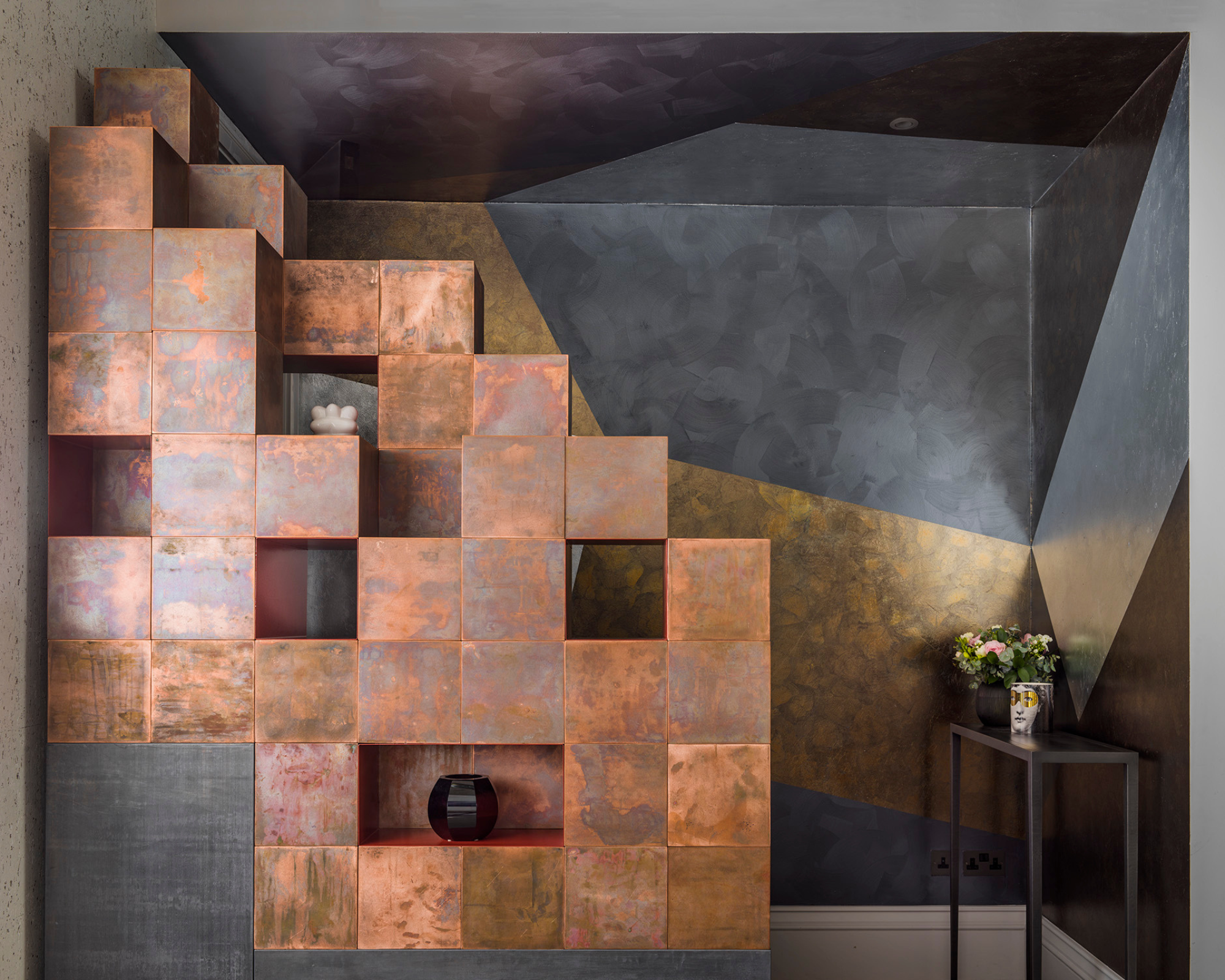
Though on the surface, Wabi-Sabi is gentle, it can still have a character with the right approach. 'In design the key is to understand and study it, rather than simply to mimic its surface appearance,' advises Shalini.
Embrace your own take on this aesthetic and stay true to its uniqueness, which is never by chance. 'Wabi-Sabi is imperfect and asymmetric, but it isn’t haphazard — like all good design it takes thought and knowledge to achieve well.'
Markers of Wabi-Sabi's transient nature can be created in rustic and unfinished materials, muted colors, and clean but unfussy lines, that can be happily interrupted.
'It's about embracing wear and tear as a natural and organic process and being able to find beauty in it,' say Joel Wong and Amanda Gunawan the creators of OWIU Architecture and Design studio, LA.
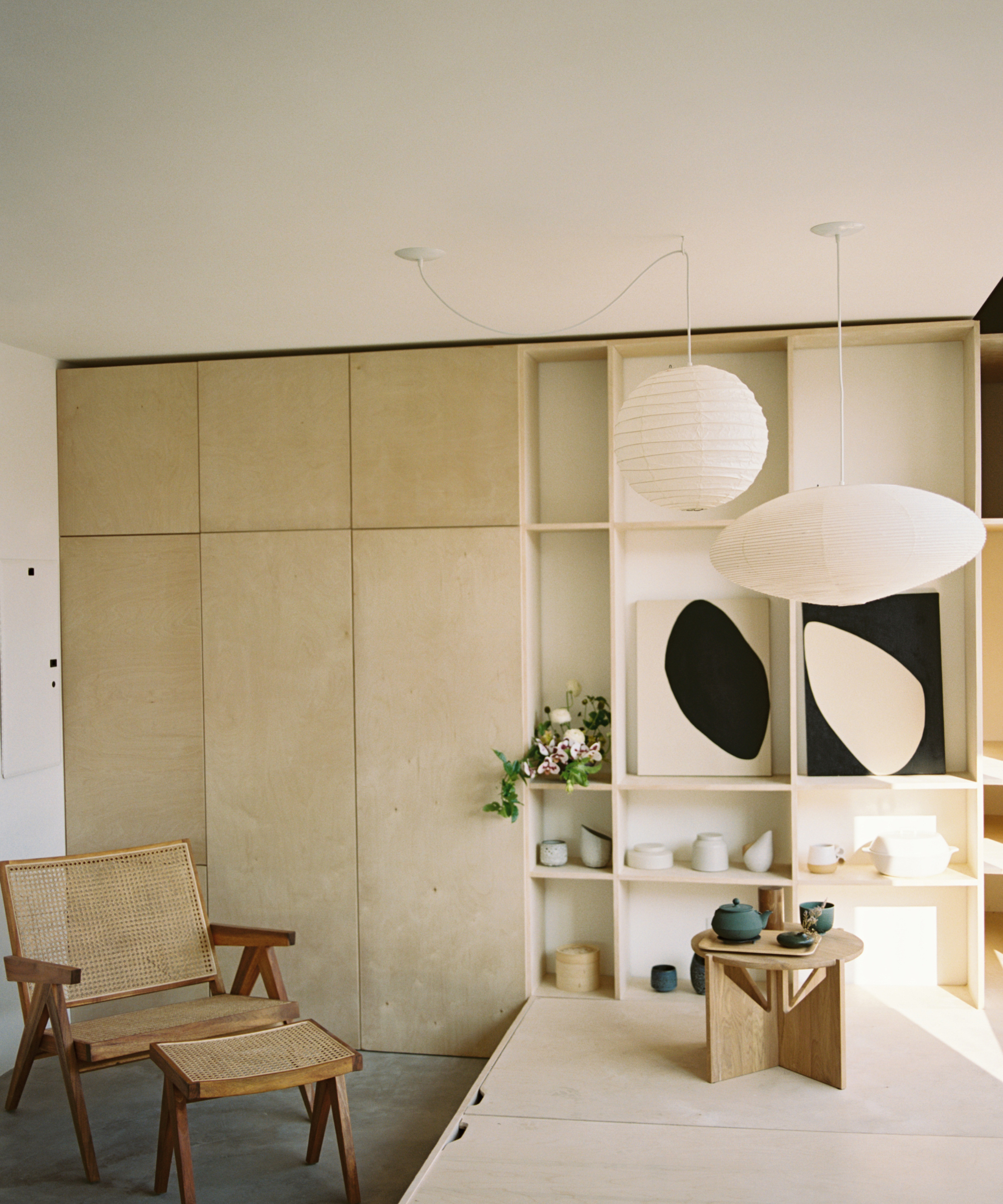
'It is also very personal, so for me Wabi-Sabi is about choosing organic materials like wood, and shikkui plaster (a type of Japanese plaster that is made out of seaweed fibers, they're so natural and age really nicely), or picking up rocks from random trips and use them as bookends or table centerpieces.'
Drawing on what appeals to you is key, as is making conscious choices for long-term design. Choose raw materials, prioritize local makers, and natural pieces that have enduring appeal. 'Allow for growth and evolution in your spaces, this sounds abstract but it simply means not to strive for perfection, but rather a high enough and realistic standard that at the same time still provides a level of comfort.'
Trying your hand with a Kintsugi repair kit, to create unique pieces out of any broken pottery and ceramics could make a thoughtful addition. 'Invest in nice pieces that you will have for life instead of buying one that serves as a means to an end so they end up aging with you and of course, repair them when the time comes instead of replace.' We found a modern gold repair kit on Amazon that has sound reviews.
Price: $37.95
Kintsugi is the art of "visible mending" where broken ceramics are pieced back together with a gilded adhesive so you see the beautiful imperfections of the break.
Wabi Sabi's relationship with Japandi
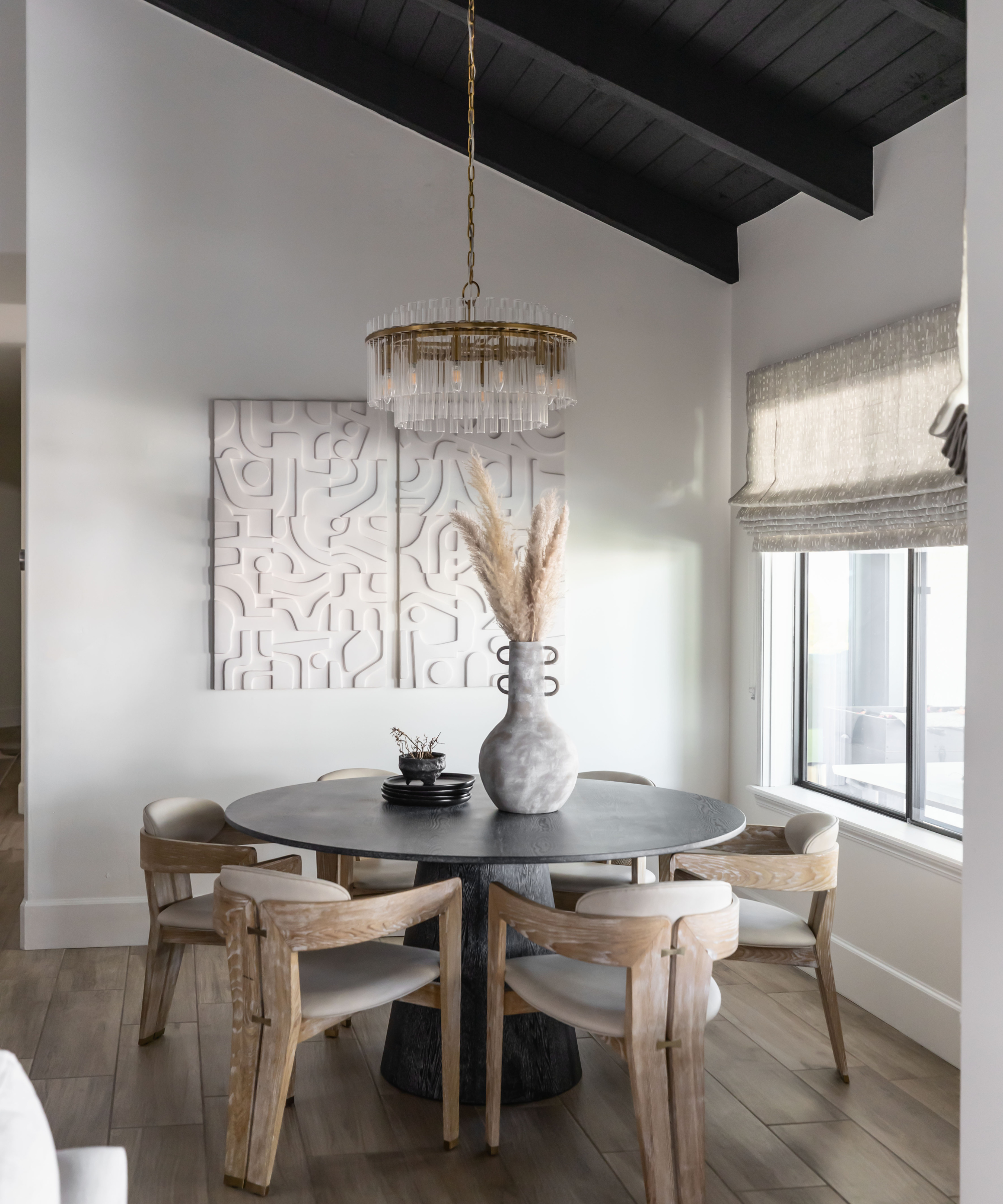
Naturally, interior design styles cross over and the key characteristics of Wabi-Sabi make subtle references to more enduring interior design trends. With a particularly minimal approach to a Wabi-Sabi design scheme, it can echo beautiful moments of Japandi style interiors, that naturally incorporate the sensibility of Scandinavian aesthetics.
'While Japandi leans towards a more refined and modern aesthetic, Wabi-Sabi intersects with minimalism by focusing on simplicity and essential items,' adds Lauren Lerner, founder and CEO of Living with Lolo. 'However, it distinguishes itself by celebrating imperfection and the natural aging process, infusing spaces with emotional warmth and an organic ambiance that diverges from minimalism's clinical appearance.'
Minimalist lover or not, Wabi-Sabi might soften this style for you perfectly. 'Wabi-Sabi's reverence for natural elements and a serene atmosphere resonates with Scandinavian design's hygge comfort and coziness, as well as the rugged, weathered charm of rustic design,' continues Lauren. 'Despite these overlaps, Wabi-Sabi maintains a subtle elegance all its own.'
How should Wabi-Sabi interiors make you feel?
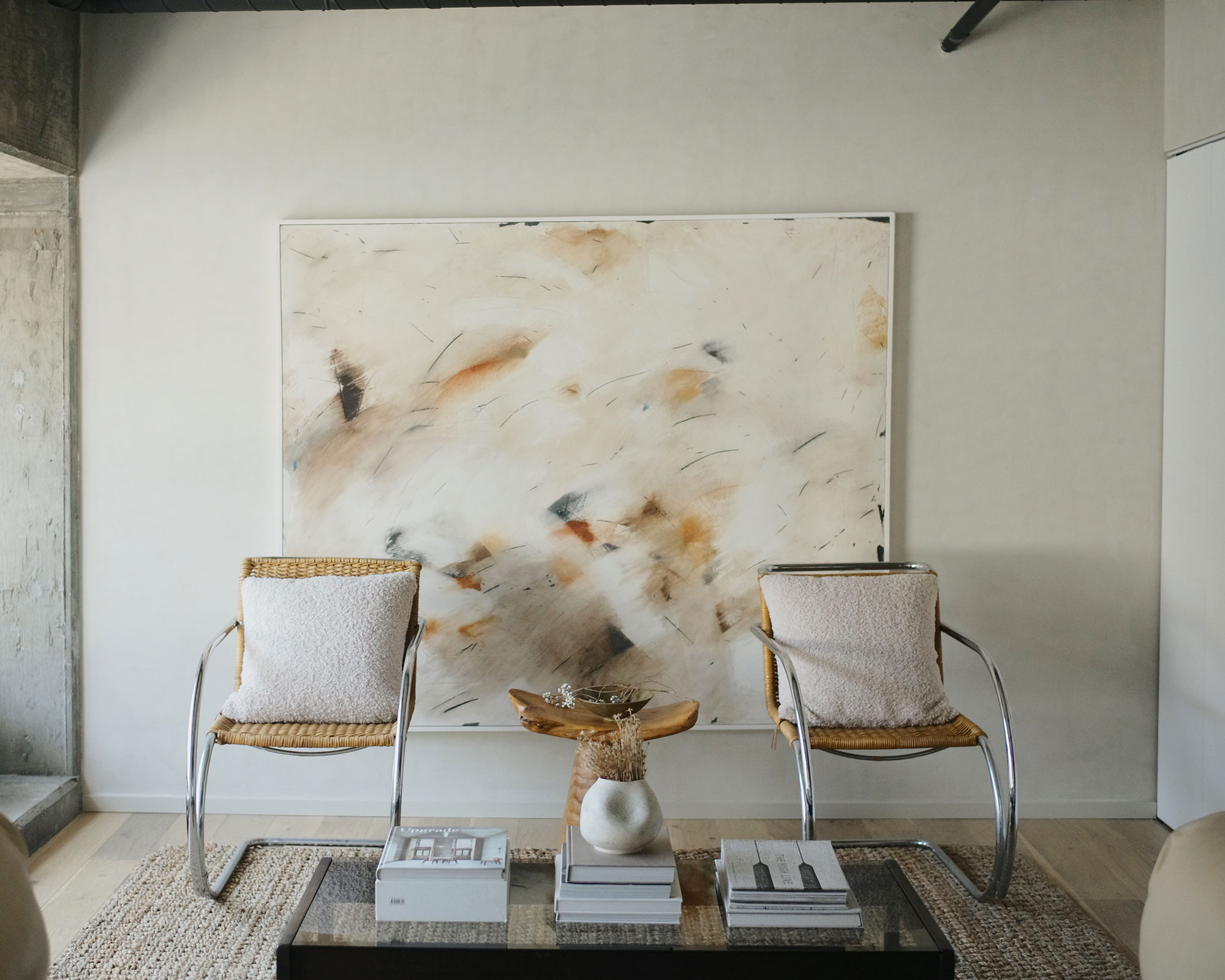
Wabi-Sabi should be liberating, even for designers, and move with you as life and tastes change and flux. Don't feel stifled by typical design 'rules,' as this aesthetic, or rather philosophy can look different for everyone. Treat it as a lifestyle.
'The feeling of Wabi-Sabi should evolve with you! It is dynamic, just like we are dynamic as people, it just needs to be personal to you,' say Joel and Amanda.
Focusing on curating a space where you can grow and evolve as people is key.







